Retro Replay Review
Gameplay
Young Dilbert Hi-Tech Hijinks delivers a playful blend of problem-solving and interactive exploration that keeps children both entertained and intellectually engaged. The core mechanic involves guiding young Dilbert through various computer-themed puzzles, each designed to reinforce critical thinking. From assembling virtual hard drives to navigating a rudimentary simulated network, every activity gradually teaches essential technology concepts in a hands-on fashion.
(HEY YOU!! We hope you enjoy! We try not to run ads. So basically, this is a very expensive hobby running this site. Please consider joining us for updates, forums, and more. Network w/ us to make some cash or friends while retro gaming, and you can win some free retro games for posting. Okay, carry on 👍)
The game features multiple levels of increasing complexity, ensuring that players can start with simple tasks like matching icons or identifying help-file locations and advance to more challenging exercises such as debugging a simulated virus attack. A gentle difficulty curve means kids won’t get frustrated early on, while the inclusion of hint systems and in-game prompts helps maintain momentum and confidence. The absence of time pressure further encourages thoughtful experimentation rather than frantic clicking.
Interaction is primarily point-and-click, with intuitive controls that even novice computer users can master. Colorful buttons and clear visual feedback guide players through each step, while occasional humorous animations—like a floppy disk springing open or a rogue CD-ROM bouncing across the room—add levity and reward exploration. Overall, the gameplay loop of puzzle, learn, and laugh strikes a satisfying balance for young audiences.
Graphics
The visual style of Young Dilbert Hi-Tech Hijinks is distinctly cartoonish, mirroring the playful aesthetic of the Dilbert comics. Characters and environments are rendered in bright, bold colors, helping maintain a child-friendly atmosphere even when dealing with abstract technical subjects. The art direction leverages simple shapes and clear outlines, making it easy to distinguish computer components and interactive objects on screen.
Animation sequences are smooth and often comedic, with exaggerated reactions that bring the virtual bedroom to life. Whether disks clatter across Dilbert’s desk or icons detonate like tiny fireworks, these dynamic touches keep players amused and visually engaged. Background elements—such as posters on the wall or scattered cables—fill the scene with details that reward careful observation without overwhelming the main interactive areas.
While the graphics won’t rival modern 3D titles, they serve their educational purpose perfectly. The interface icons and puzzle elements are crisp and uncluttered, minimizing confusion and helping children focus on the task at hand. On the rare occasions when more real-world accuracy is needed—like illustrating a hard drive’s platters—the game switches to simplified diagrams that convey information clearly and effectively.
Story
Although Young Dilbert Hi-Tech Hijinks isn’t driven by an epic narrative, it employs a charming framing device: Dilbert’s own bedroom turned into a high-tech wonderland. The absence of Dilbert’s corporate cubicle life is replaced by the relatability of a kid’s personal space, complete with desk clutter, posters, and that iconic pocket protector. This lends a cozy backdrop for all the techie escapades.
Each puzzle is introduced as a scenario—preventing an incoming virus from corrupting Dilbert’s prized game collection or helping the computer’s help files find lost pages. These mini-stories, often punctuated by Dilbert’s witty inner monologue, provide context and motivation, so tasks never feel abstract or disconnected. The humor is light and accessible, ensuring that children remain engaged without being overwhelmed by dry exposition.
The episodic structure allows the game to maintain a brisk pace, hopping from one scenario to the next while gradually weaving in new learning objectives. There’s a subtle continuity—tools and solutions from earlier challenges occasionally reappear in later puzzles—offering a sense of progression and accomplishment. Though not a deep plot-driven experience, the narrative scaffolding is more than sufficient to guide young players through their hi-tech adventure.
Overall Experience
Young Dilbert Hi-Tech Hijinks stands out as an edutainment title that successfully combines humor with hands-on learning. Its approachable gameplay, reinforced by a supportive hint system and clear objectives, makes it suitable for children aged 7 to 12 who are just beginning to explore computer literacy. Parents and educators will appreciate how seamlessly the software integrates key concepts—like data storage, basic networking, and virus prevention—into fun, memorable activities.
The game’s lighthearted presentation ensures that learning never feels like a chore. Frequent comedic animations and Dilbert’s trademark wit keep the tone upbeat, while the multi-level structure offers replay value for kids who enjoy mastering each puzzle. Although it lacks the high-end visuals of modern console titles, its stylized graphics and polished interface more than compensate by enhancing clarity and focus.
In summary, Young Dilbert Hi-Tech Hijinks offers an engaging and educational journey through the inner workings of a computer, all viewed through the lens of a beloved comic character’s childhood imagination. It’s a well-crafted experience that strikes an ideal balance between instruction and entertainment, making it a solid choice for families seeking a fun way to introduce kids to the fundamentals of technology.
 Retro Replay Retro Replay gaming reviews, news, emulation, geek stuff and more!
Retro Replay Retro Replay gaming reviews, news, emulation, geek stuff and more!
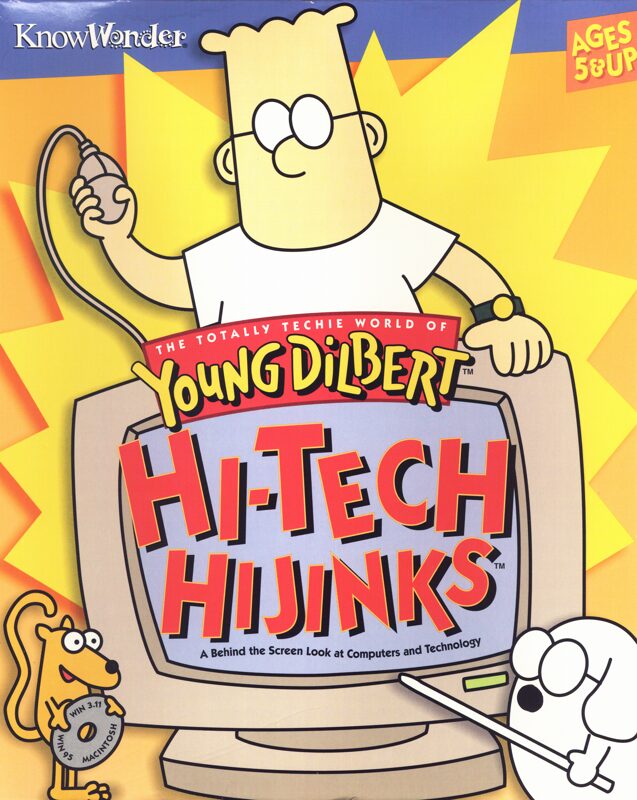
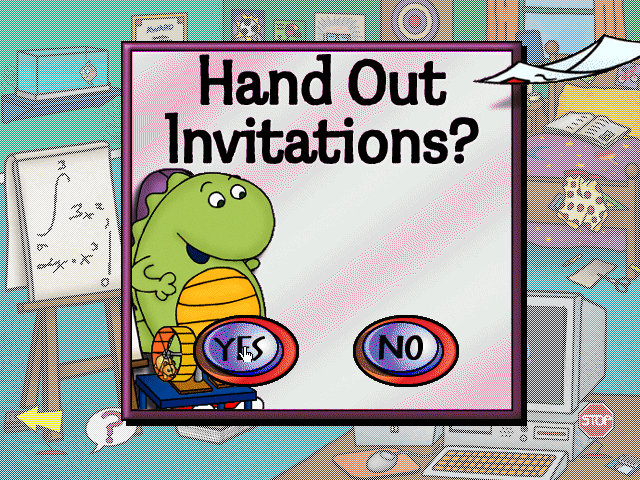

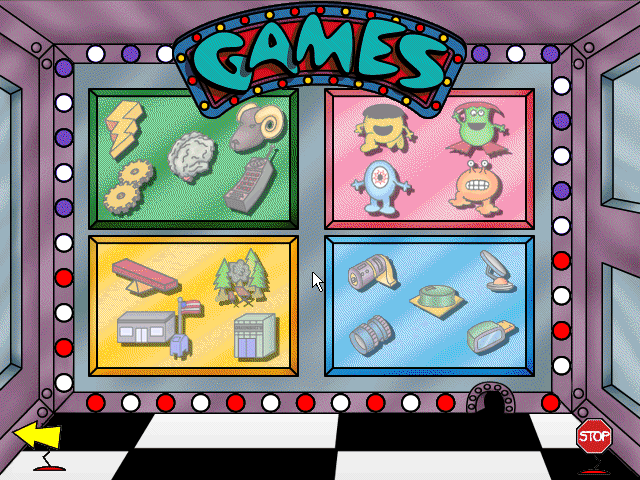
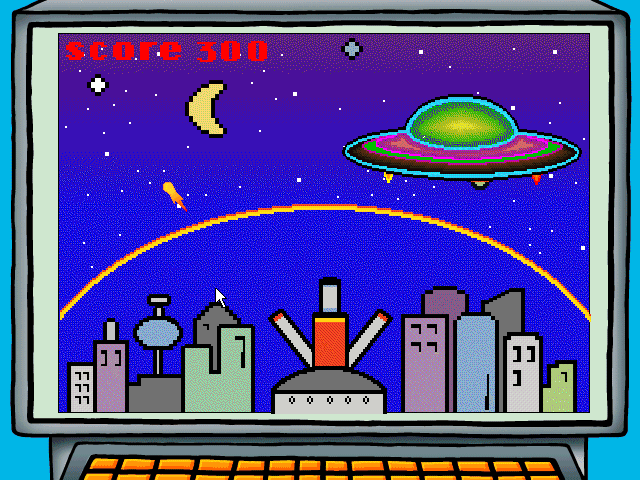
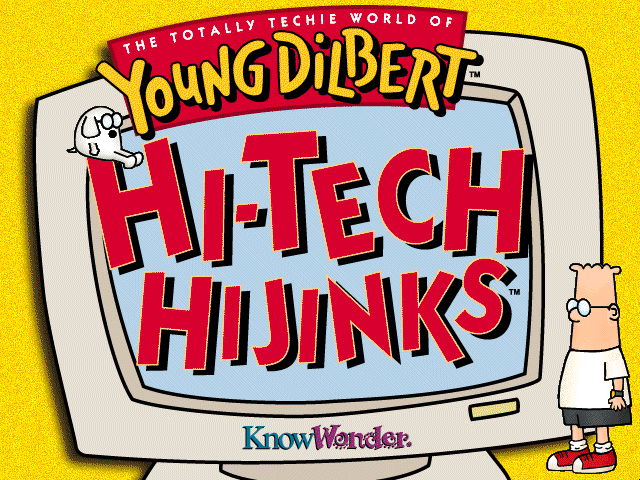



Reviews
There are no reviews yet.